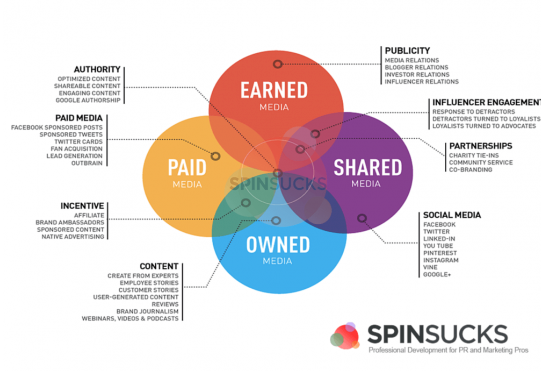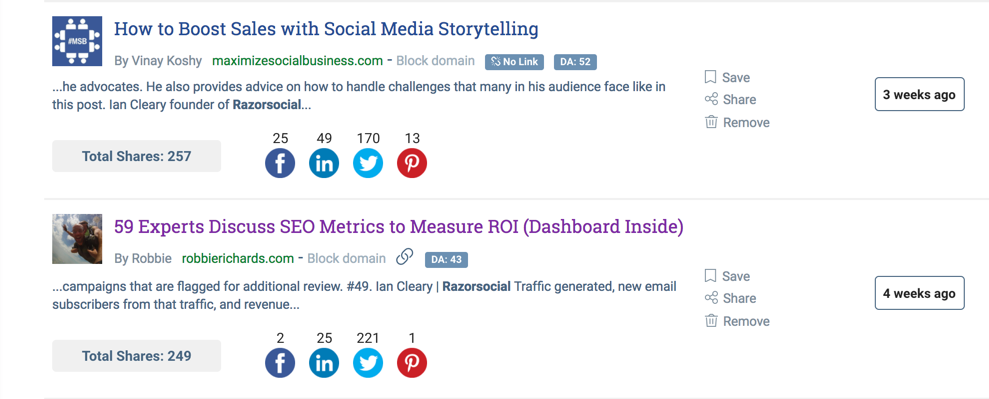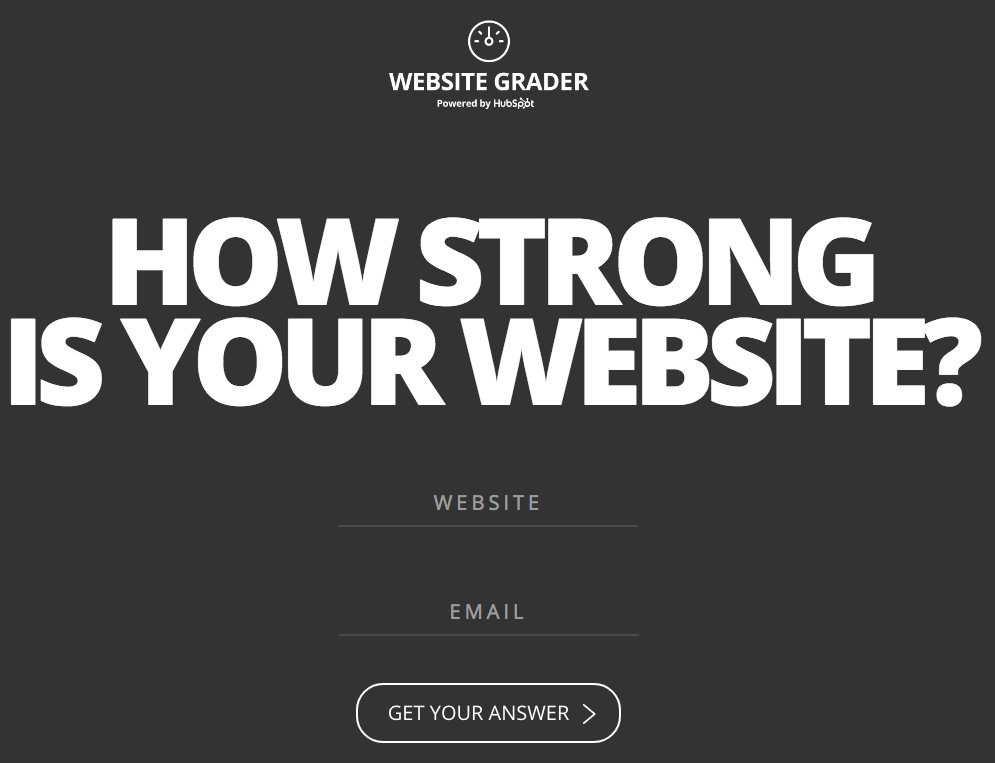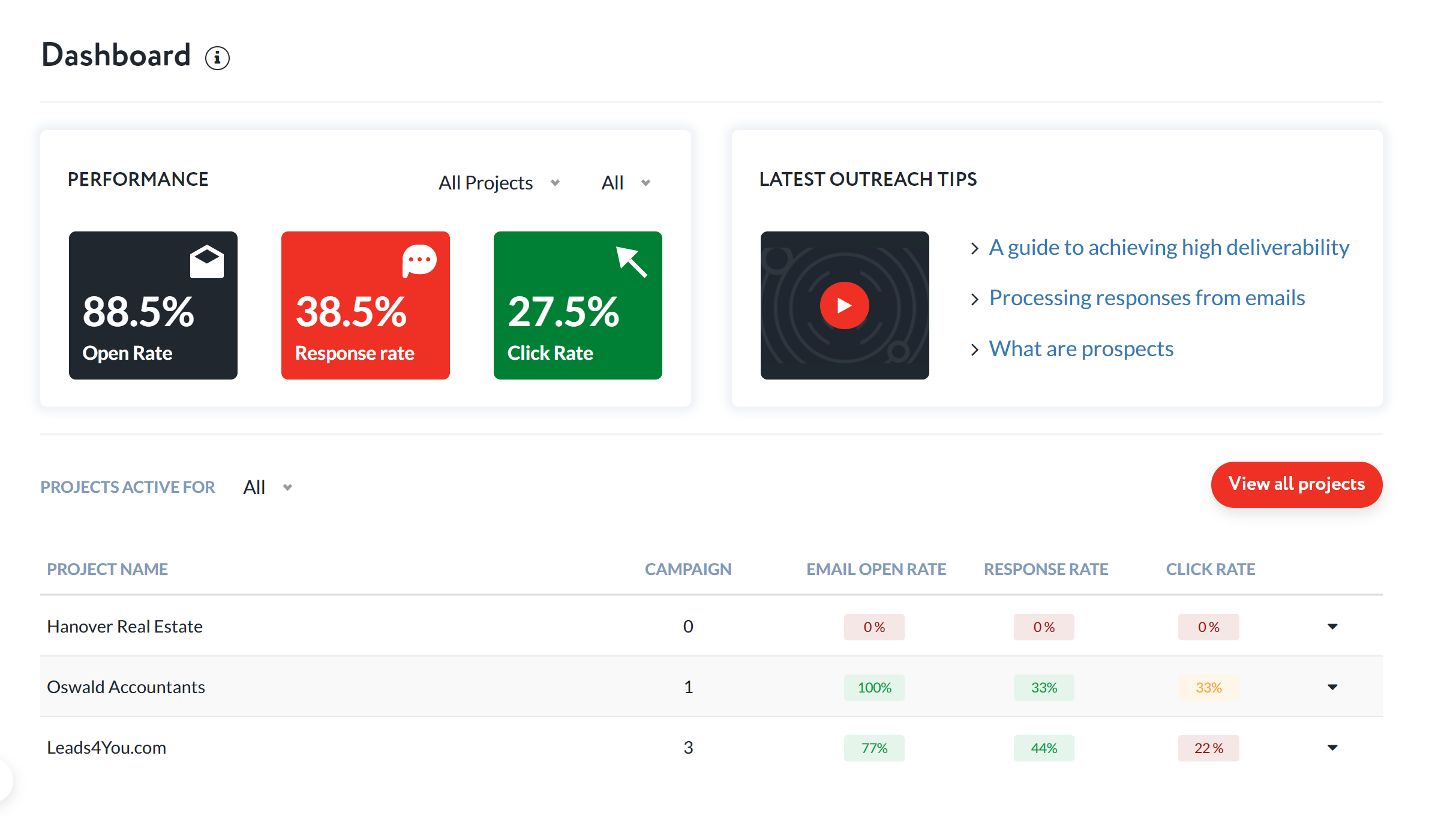 We don’t know exactly how Google ranks websites and content, as they’re secretive about it and they constantly change their algorithm, we do know they value high-quality links to your website.
We don’t know exactly how Google ranks websites and content, as they’re secretive about it and they constantly change their algorithm, we do know they value high-quality links to your website.
This means your content is informative, educational, and interesting enough that another website wants their readers to see it, as well.
By providing a link to content on your website, the other site is saying, “Yeah, we like this and think you should check it out, too.”
This signifies to Google that others find your content credible so they give you a gold star boost in search rankings.
It’s one of the most valuable tactics communicators can use to show results on their content marketing efforts.
But it begs the question…are you actively reaching out to get links to your website, or are you waiting for that knock on the door?
Link building for your website is still one of the most important factors in driving more traffic to your website.
But if you are not proactive about it, you’re missing out on a big opportunity.
In this article, I’ll show you practical ways of achieving this without blowing your budget or wasting your time.
Link Building in the PESO Model
In the PESO model, you have four types of media: paid, earned, shared, and owned.

Earned media is otherwise known as media relations, influencer relations, blogger relations, or publicity.
In the olden days, stories would run with your company name and readers would have to look you up in the yellow pages.
Today, a story can include a link to your website so all readers have to do is click and voila! They’re on your site, checking you out and deciding whether or not to do business with you.
That link is called a linkback and it’s what Google uses to determine if you’re credible.
When you build these links, you’ll increase your domain authority, and it becomes easier to receive free traffic from the search engines.
The goal is to get links from high authority domains which are relevant to your niche.
Each month, you should aim for at least 10 to 20 high-quality links from websites.
This will help consistently build your domain authority and generate more relevant traffic to your site.
By reaching out to websites with high authority domains, you’ll yield more valuable links.
The following 12 tactics will help you do exactly that.
#1: Find Mentions that Don’t Already Include Links
Your brand may be mentioned across hundreds of websites and in various context. There may be quotes from your executives without links to your website, or simple mentions in blog posts.
Finding unlinked company or brand mentions is an extremely easy way to get more links to your site.
Here’s how it works: set up alerts for your brand or company name mentions. By using BuzzSumo, you can easily track the mentions that don’t have links.
Here’s an example of my business that has mentions and no links:

To boost links to my website, I would simply reach out to Robbie Richards and Maximize Social Business to ask if they’ll kindly include a link.
Syed Balkhi at Optinmonster received more than 100 links to his website the past few months using this tactic.
#2: Contribute Content to High-Authority Websites
Nearly every publication, website, and blog in the world needs content—and they’re happy to receive valuable content from great writers.
Part of your earned media job is to pitch story ideas. Turn that around and pitch content ideas, complete with an outline of what you’ll include.
Create a list of high-authority sites in your industry, research if they take contributed content and, if yes, get to pitching!
Spin Sucks is a great example. This is a high-authority, well-respected website.
If you’re in the PR industry—or service the PR industry—and want to build your authority, writing a guest post on this site is a great tactic.
#3: Roundup Articles
There are many blogs out there producing weekly roundup articles that link to the best from around the web in certain categories.
These articles receive a lot of traffic and shares because they give readers a curated selection of the most popular articles from the industry or topic in which they are interested.
Getting your content to appear in roundups is great for SEO, as well as for driving traffic to your website.
You can easily find blogs that publish roundups by entering the following formula into Google search box:
your niche keyword + inurl:roundup
From here, you can create a list of blogs you’d like to link to your content, and then reach out to them.
#4: Create Resource Lists
This link building tactic works great for people who create high-value content such as guides, long-form posts, white papers, or eBooks.
Why? Because they typically provide a collection of useful resources for readers.
And they link to content that provides value and helps them expand their knowledge on certain topics.
Website owners are looking for useful links to add to their resource page, so it’s up to you to reach out to them and pitch your content.
To find relevant resource pages, use the following search formulas:
your niche keyword + inurl:resources OR your niche keyword + inurl:links
Before you reach out, make sure you have a piece of content that adds value and fits perfectly with the rest of the resources on that page.
#5: Find Related Content
Another great way to build links is to find content closely related to yours and reach out to the author with a suggestion to exchange links.
These two-way links are also called reciprocal links.
You must be careful not to overuse this tactic as Google penalizes sites with a high number of links that look “unnatural.”
By using this tactic with a limited number of highly relevant and related websites, and focusing on link building exchanges that provide value to readers of both sites, you’ll slowly build your link profile and site authority.
#6: Identify Broken Links
Broken links are a nightmare for site owners and webmasters because they hurt SEO and user experience.
But on relevant, high-authority sites, they represent a great link building opportunity.
You identify broken links on their pages and offer to replace them with some good quality resources from your site.
This can be a win-win for both sides!
You’ll build links to your content while being helpful and adding value to other people’s websites.
It’s easy to find broken links on relevant websites by using Ahrefs.
#7: Link to Other Blogs
The more you link to other blogs in your industry, the bigger the chance those bloggers will link back to you.
If you’re not sure of the effectiveness of this tactic, look at influential bloggers who are doing it—Neil Patel being one of them.
Articles on RazorSocial link to at least four or five relevant external sources, and our tools guides point to 10, 50, or 100 useful tools.
This is great for our readers who want to explore and learn more about different tools, and it presents an opportunity to reach out to the websites we’re linking to and let them know we featured them.
This typically gets us a solid number of quality backlinks.
#8 Produce a Resource List and Share it
In essence, a resource is a helpful and informative piece of content that provides benefit to users.
I’m sure you have some valuable resources in the form of blog posts, white papers, case studies, or videos which people would find valuable enough to link to.
Now, if you have a lot of quality content around a certain topic sitting on your website, you can compile it into one resource and share across social media.
You can also notify people who may be interested via email, in a newsletter, or through a blog post.
If your resource list is really helpful, people will share it and link to it.
But what if you’re new to blogging or don’t have enough quality content around one topic to create a comprehensive resource list?
You can use other people’s content!
This is easy to execute and a very effective link building tactic.
Let’s say you want to create a list of content marketing resources.
You could find the top websites and blogs related to your topic (by asking Google) and then identify high-quality posts relevant to content marketing.
This takes little time and once you publish your resource list and reach out to the right people, getting them to point to your list will be an easy sell.
#9: Produce an Influencer List and Share it
I’ll bet anyone can name at least five influencers in their industry off the top of their heads.
These are people we admire, whose content we love reading, and whose social feeds we follow.
Influencers share valuable content, and there may be other people in your industry who could benefit from following their work.
So why not create a list of influencers and share it?
By doing a bit of research, you can create a list of top 20 or 50 industry influencers to follow.
People will appreciate you doing all the work for them.
Plus, after publishing your list, you can reach out to influencers with a simple email saying you mentioned them in your article.
They may share it on social media, driving traffic to your content, or they’ll return the favor at some point and link to your website.
#10: Provide Testimonials
Providing testimonials for a product or service you love is a nice link building hack.
What’s great about this is that companies love featuring customer testimonials on their website.
As a result, getting your testimonial published shouldn’t be all that difficult.
Another plus is that not everyone under the sun is using this tactic.
Take a moment and make a list of companies whose products you use.
It could be anything from a marketing automation tool to a useful WordPress plugin you use daily.
Then, reach out with a nice testimonial and ask them to include it on their homepage or a testimonial page (if they have one) with a link to your website.
This is another win-win situation, and it works incredibly well!
#11: Create a Free Tool and Let Everyone Know About it
This one’s an oldie but a goodie.
It may seem too expensive or complicated to create your own tool and then offer it for free just to get links to your site.
But in reality, this isn’t all that difficult or complex.
You can create a simple tool that focuses on solving a small problem, such as a basic website SEO grader (think HubSpot’s Website Grader).
And it’s still going to help you build authority and tons of backlinks along the way.

If you offer a free tool that is helpful to your target customers and promote it heavily at every chance, people will not only use it, but also talk about it, share it, and write about it!
Every tool category has a limited number of tools, so if yours is great, there’s a good chance it will feature in articles and tools lists.
And that means more links.
#12: Track Competitor Backlinks
Your competitors’ backlink profiles can be a goldmine of untapped link building opportunities.
You can use Ahrefs to perform competitor backlink analysis and identify the links pointing to your competitors from high authority websites.
If you have similar content of high value on your website, reach out and pitch your content.
Ask them to consider linking to it as a complementary resource.
Managing Your Link Building Outreach
You probably think all this outreach for link building is very time-consuming.
It is. And it’s incredibly valuable.
But… to manage, automate, and track all your outreach efforts, consider using a tool that is designed specifically for this purpose.
At my company, we were tired of using an Excel spreadsheet and Gmail, so we developed OutreachPlus.

You can use this tool or a similar tool to save time and increase your email outreach efficiency.
Now it’s Your Turn…
There are dozens of ways you can build quality backlinks to your website.
But these 12 should give you more than enough ideas to earn links over time and stay on top of Google search results for your target keywords.
Which tactics are you using to build links to your content?
I’d love to read more about it in the comments.